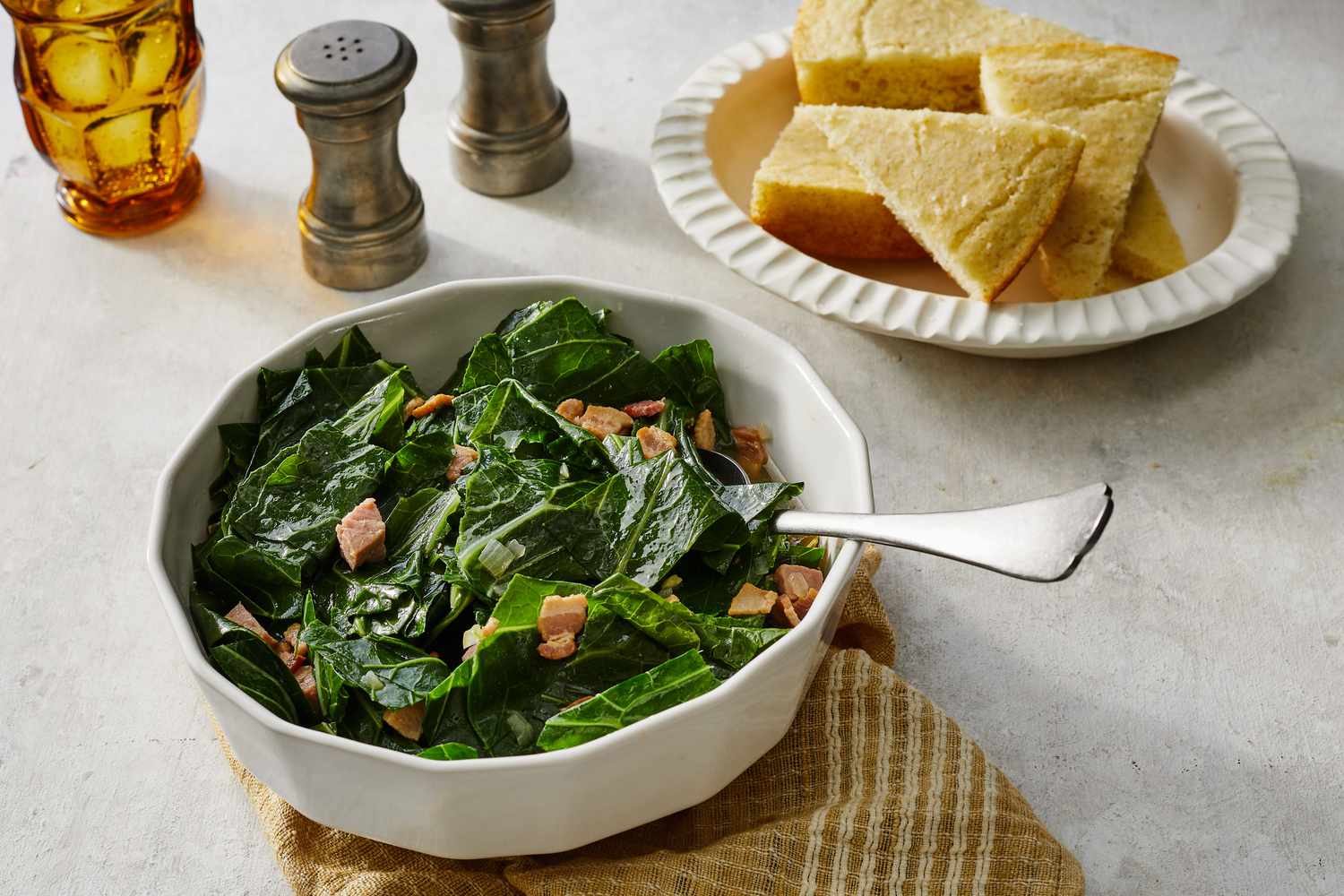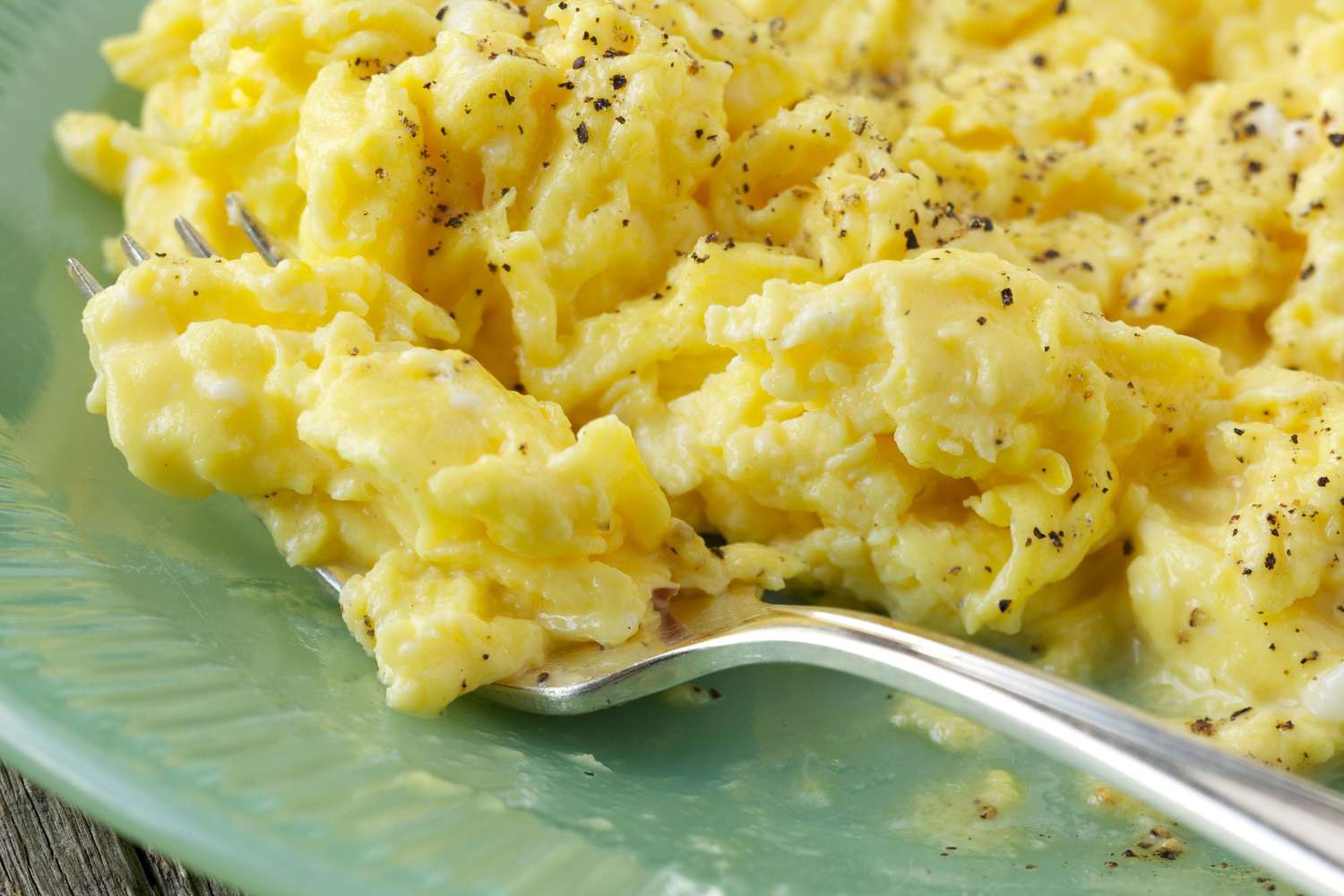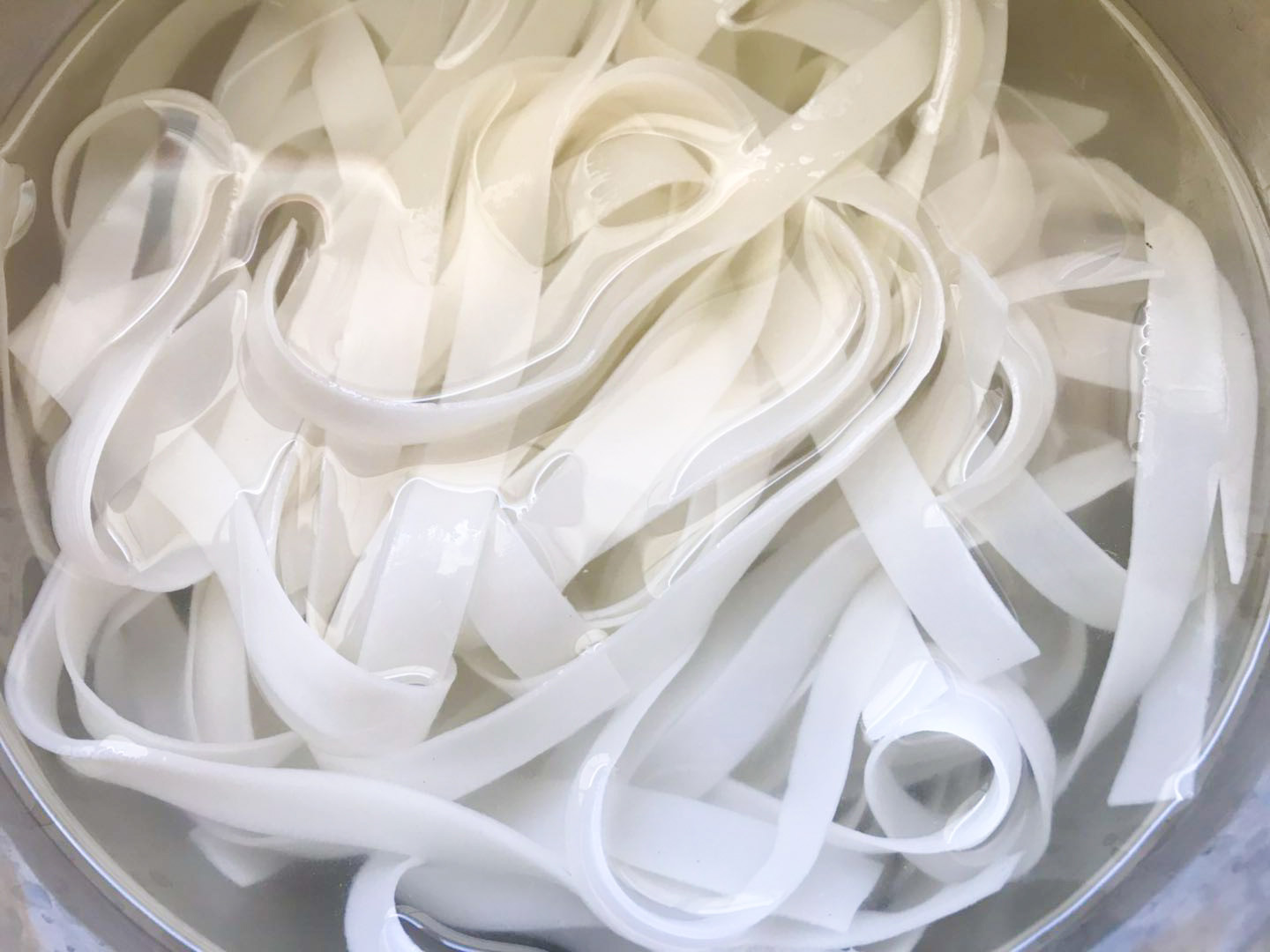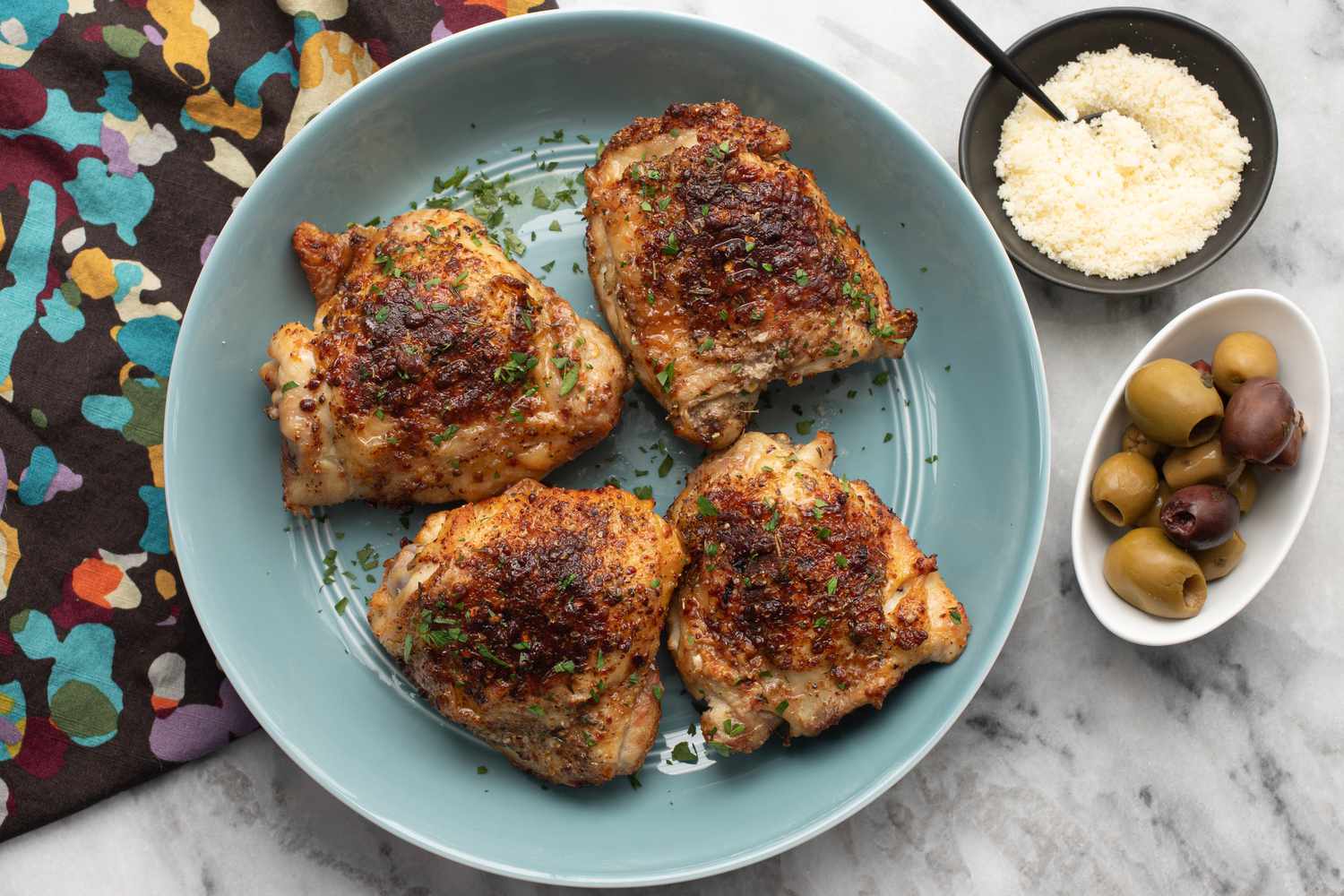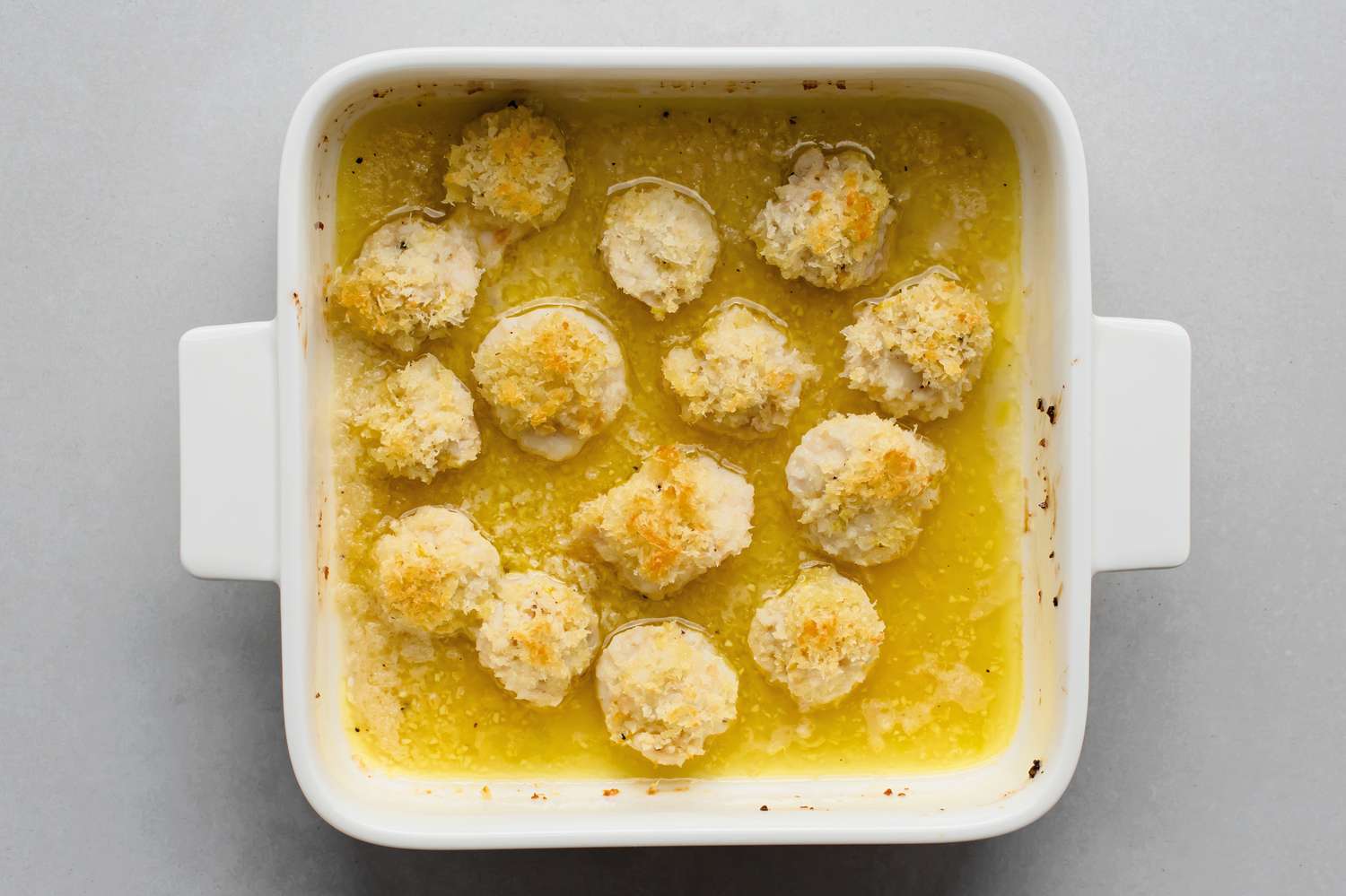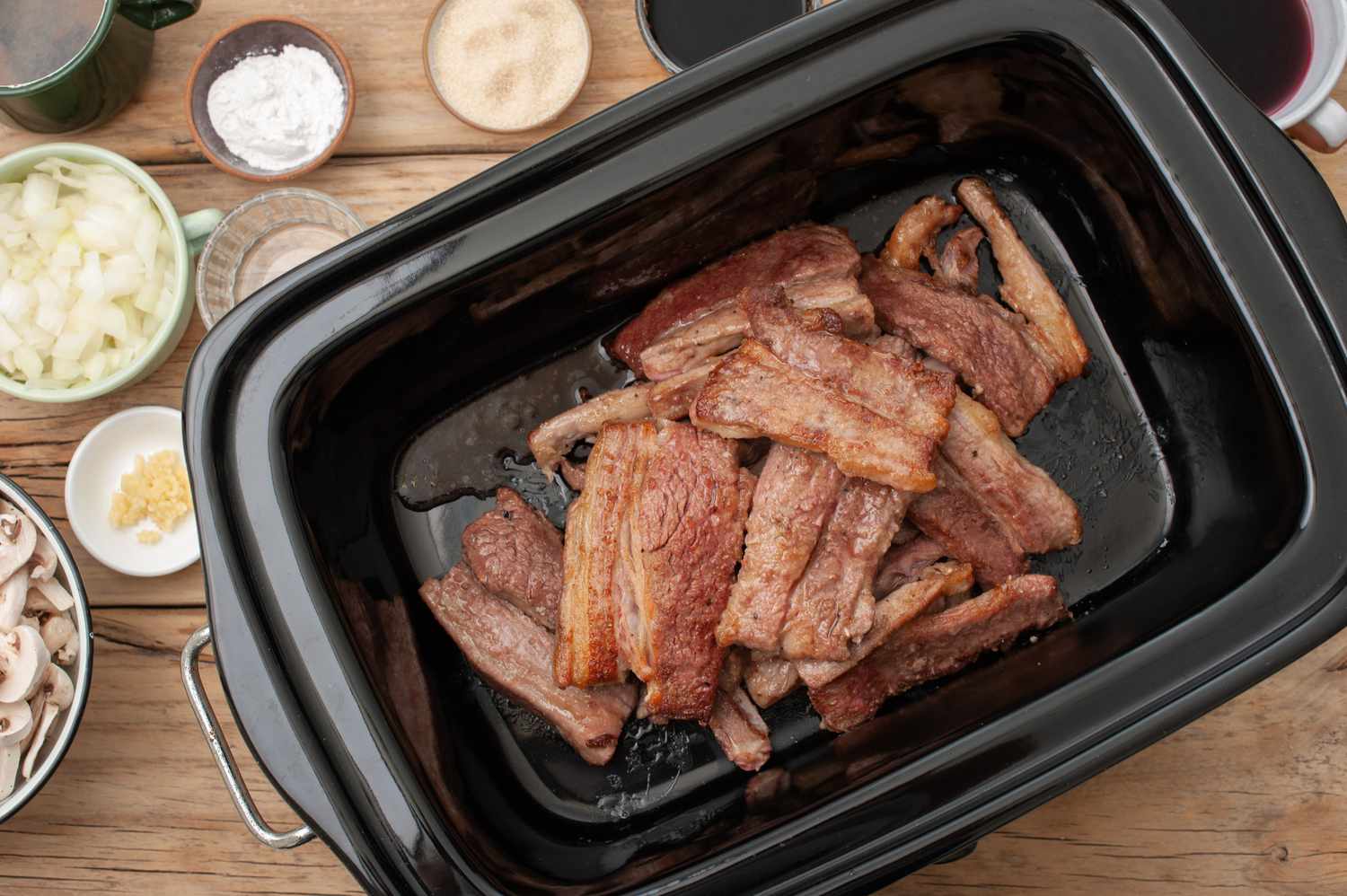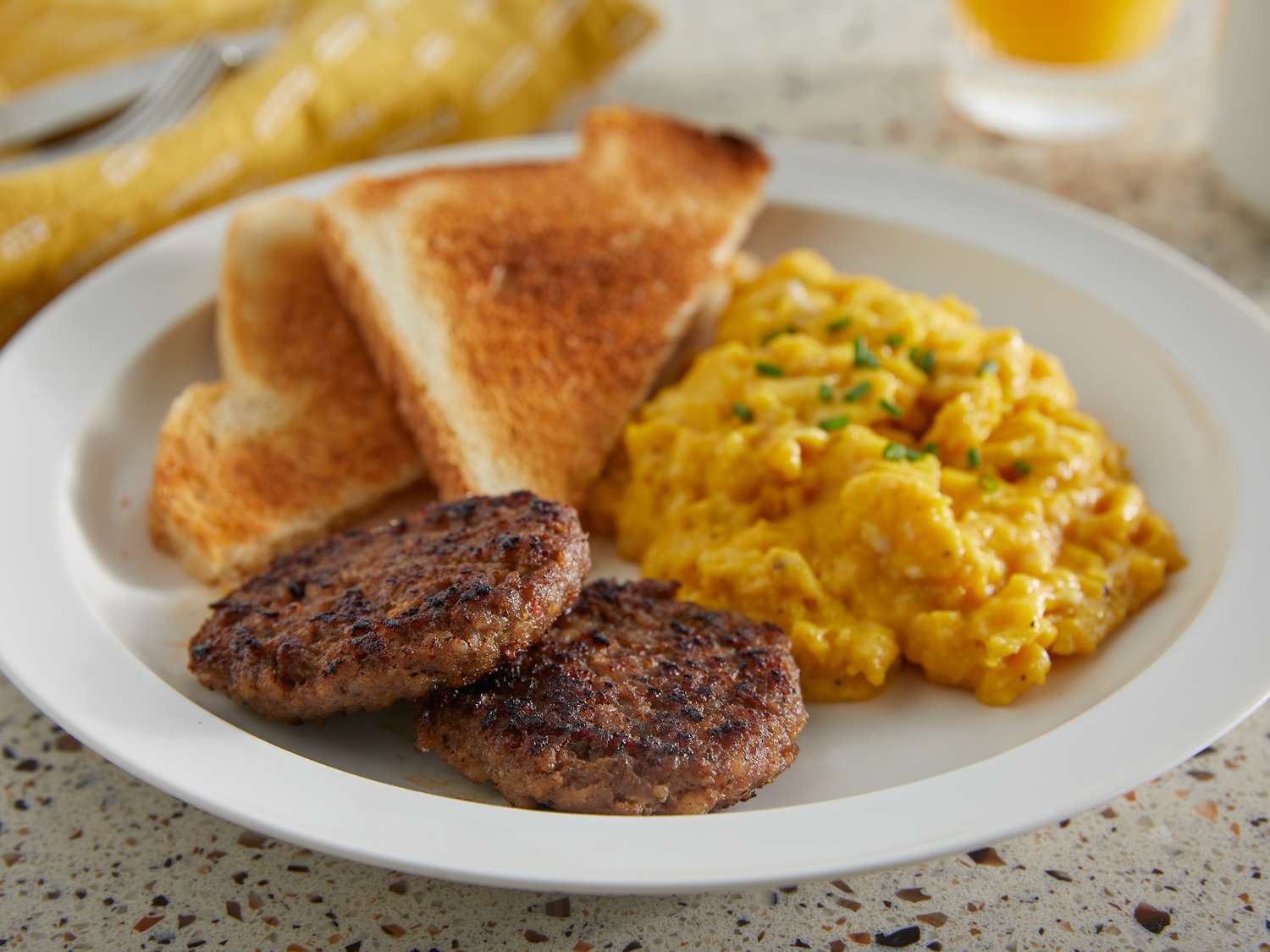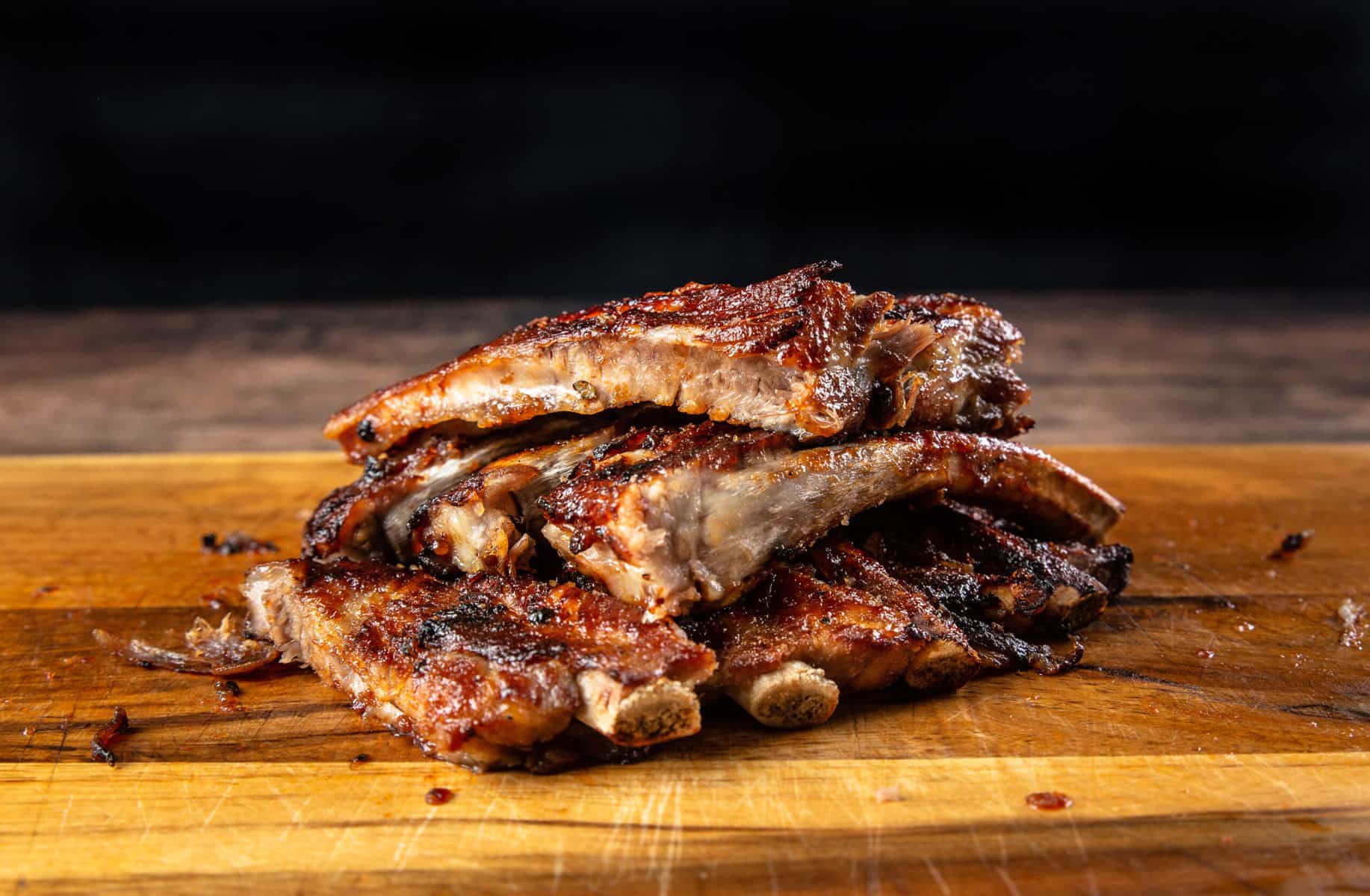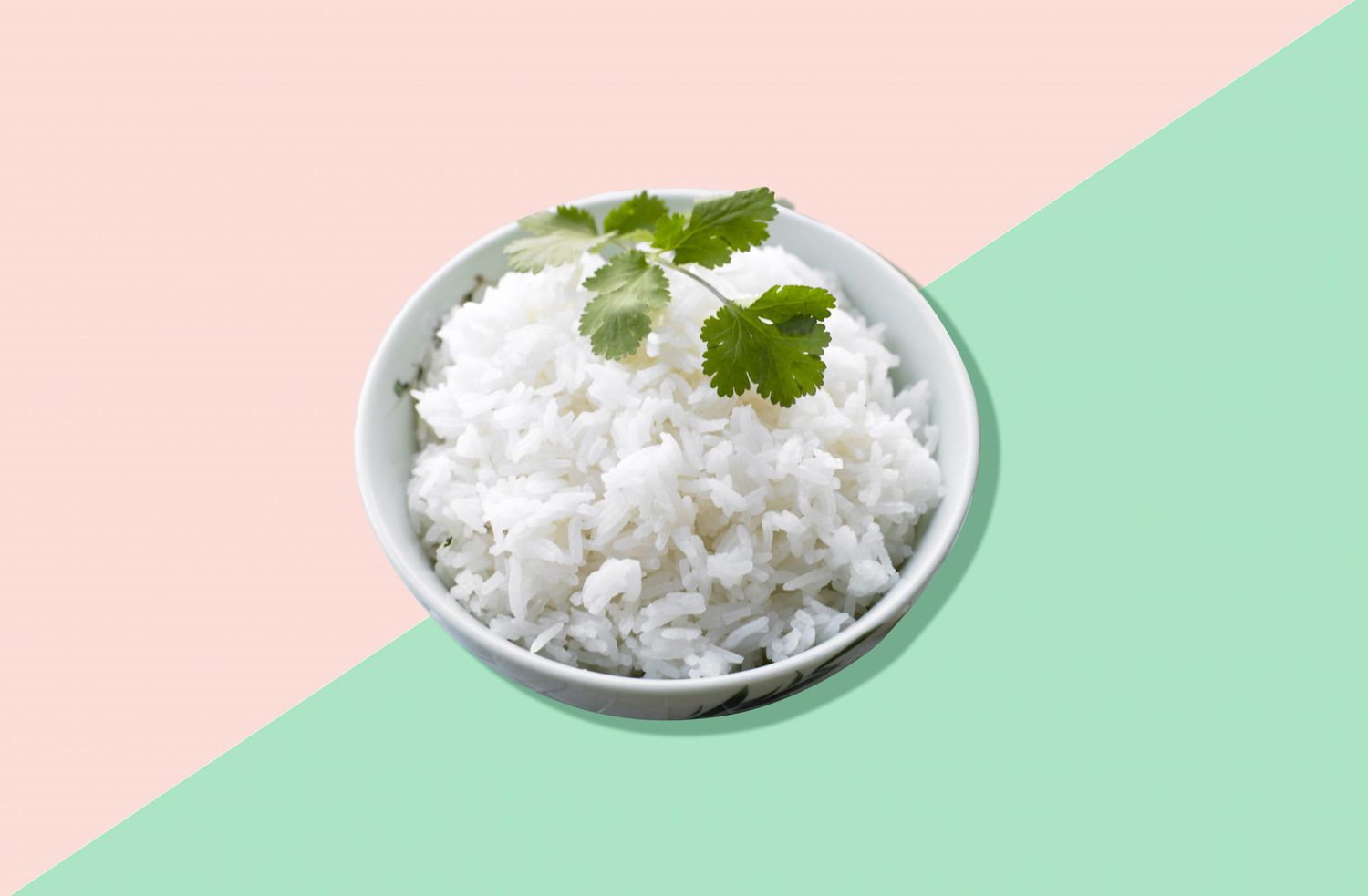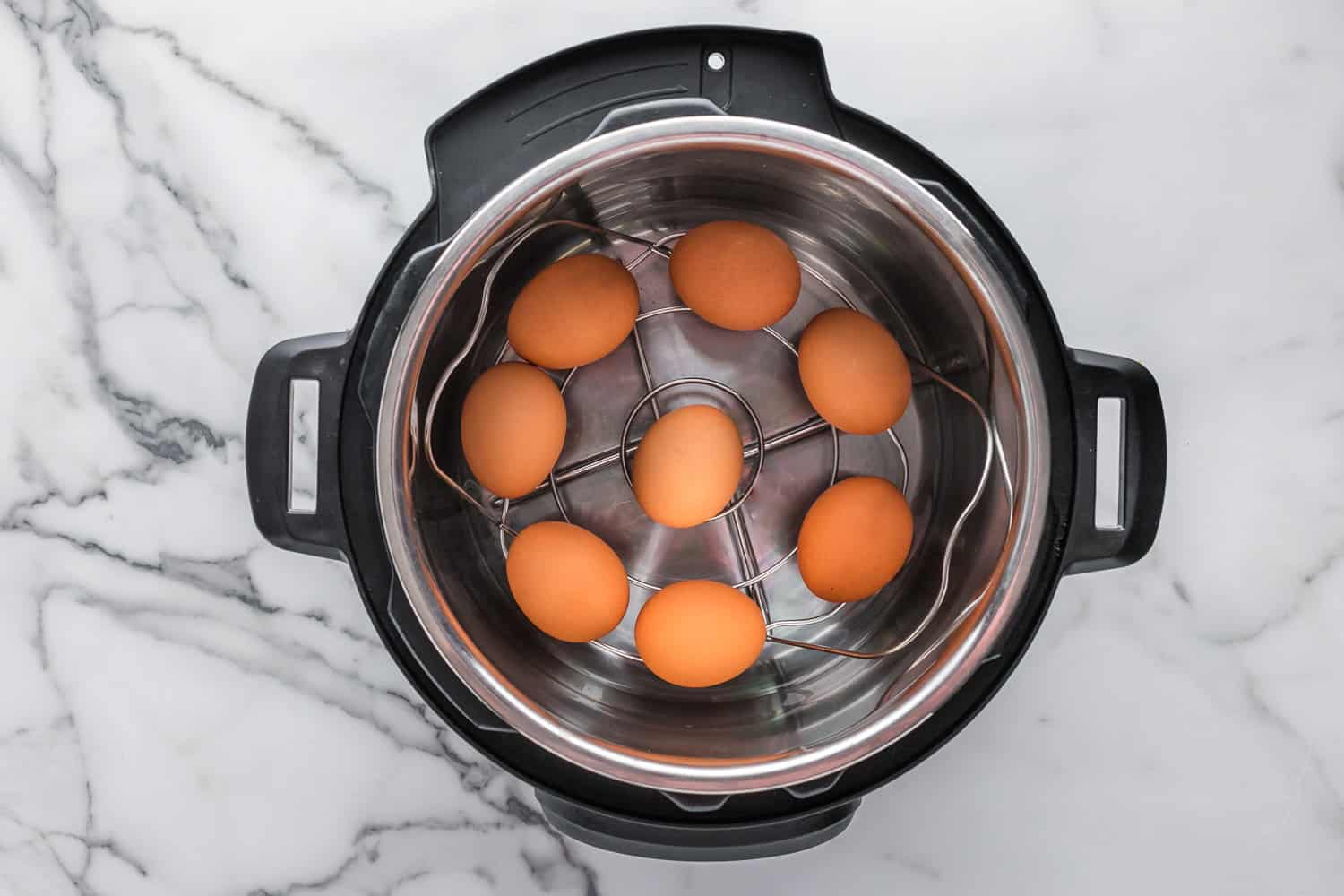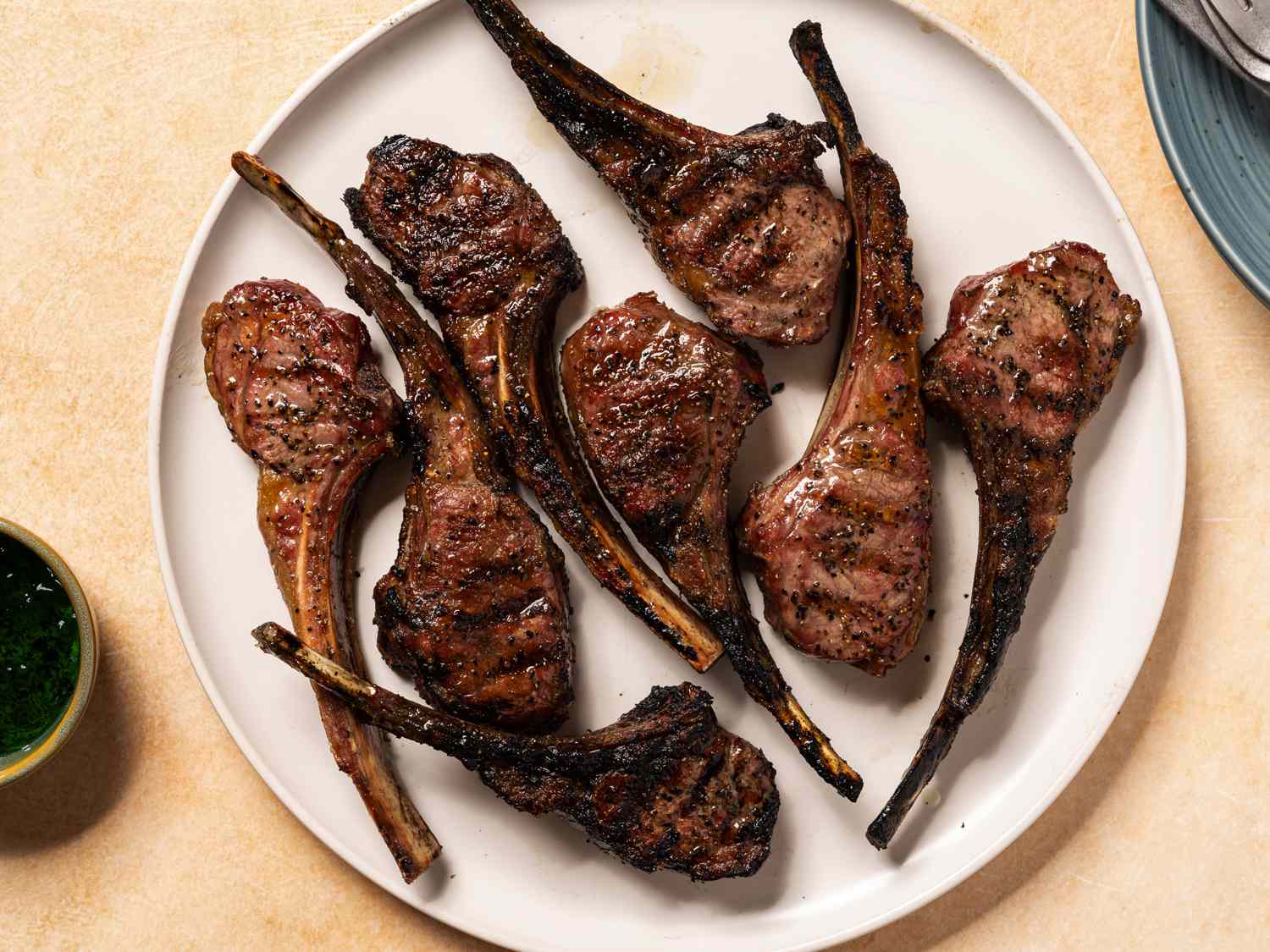Cooking Butternut Squash in a Slow Cooker: A Deliciously Simple Method
Butternut squash is a versatile and nutritious vegetable that can be incorporated into a variety of dishes. While the traditional oven-roasting method is popular, using a slow cooker can be a convenient and hands-off approach to achieve tender and flavorful results. So, if you’re looking for a hassle-free way to enjoy this delicious autumn ingredient, look no further than your trusty slow cooker!
Why choose a slow cooker?
The slow cooker, also known as a crockpot, is a kitchen appliance that allows you to cook food at a low temperature over an extended period. It’s a time-saving tool that infuses flavors and tenderizes ingredients through gentle heat and long cooking times. When it comes to butternut squash, using a slow cooker helps to preserve its natural sweetness, moisture, and nutrients.
Preparing the Butternut Squash
Before you start using your slow cooker, the first step is preparing the butternut squash:
- Begin by selecting a firm and ripe butternut squash. Look for one with a smooth skin, free from any major blemishes or soft spots.
- Wash the squash thoroughly, scrubbing off any dirt or debris.
- Using a sharp knife, carefully cut off both ends of the squash.
- Peel the squash using a vegetable peeler or a sharp knife, removing the tough outer skin.
- Once peeled, cut the squash in half lengthwise and scoop out the seeds using a spoon.
- Cut the squash into smaller, evenly-sized chunks. This will help ensure even cooking in the slow cooker.
Slow Cooking the Butternut Squash
With your butternut squash prepared, it’s time to get cooking! Follow these simple steps:
- Place the butternut squash chunks into the slow cooker.
- Add a splash of water, vegetable broth, or your choice of liquid to provide moisture during the cooking process. Approximately 1/4 to 1/2 cup should suffice.
- Add any desired seasonings or herbs to enhance the flavor. Common choices include salt, pepper, cinnamon, nutmeg, or thyme.
- Give the ingredients a gentle stir to distribute the seasonings.
- Cover the slow cooker with its lid and set the temperature to low.
- Let the butternut squash cook for 4 to 6 hours. Note that cooking times may vary depending on the size and freshness of the squash.
Serving and Enjoying
Once the butternut squash is cooked to perfection, it’s time to savor its delectable flavors. Here are a few serving suggestions:
- Puree the cooked squash to create a velvety soup or a creamy sauce. You can add additional ingredients such as garlic, onions, or coconut milk for a more indulgent taste.
- Pair the tender squash chunks with roasted vegetables and grains for a wholesome and comforting vegetarian main course.
- Blend the cooked squash with cooked pasta or rice to create a creamy, nourishing side dish.
- Roast the cooked butternut squash chunks in the oven for a few minutes to caramelize the edges and enhance their natural sweetness.
However you choose to serve it, cooking butternut squash in a slow cooker guarantees a delightful, hassle-free experience. So why not give it a try and discover how this simple method can elevate your meals this fall season?
Was this page helpful?
Read Next: How To Cook Barbecue Wings

